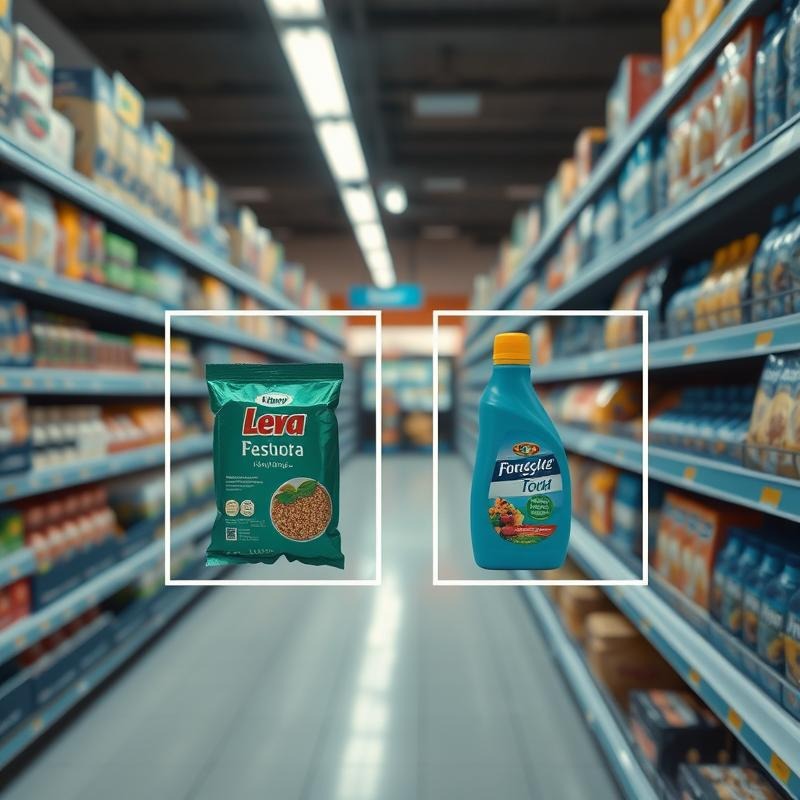Supermarket annotation: Revolutionizing retail by optimizing operations and enhancing the customer experience.
Introduction
Imagine walking into a supermarket where shelves are always stocked, prices are accurate, and finding your favorite products is effortless. This seemingly futuristic experience is becoming a reality, thanks to the advancements in supermarket annotation. This behind-the-scenes process is quietly reshaping the retail environment, making shopping smoother and more efficient. But what exactly is supermarket annotation, and how is it driving this change? Let’s dive into how it works and explore the impact it’s having on the future of retail.
What is Supermarket Annotation?
Supermarket annotation refers to the process of labeling visual data—such as images and videos captured within a store—with meaningful identifiers. Each product on the shelf, the placement of the shelves, and even the overall store layout are tagged in a structured way that allows computer systems to interpret and analyze them.
This kind of detailed visual information enables systems to “see” and understand the physical retail space much like a human would. The result is a dynamic, data-rich environment that supports smarter decision-making.
Why Annotation Matters in Modern Retail
The retail landscape is evolving rapidly, driven by shifting consumer expectations and the rise of digital shopping experiences. In this competitive environment, actionable data is essential. Supermarket annotation offers a foundation for generating that data, giving retailers a clearer picture of in-store activity and performance.
Smarter Inventory Management
Accurate, real-time information about shelf contents helps retailers stay on top of inventory without manual checks. With annotated data, systems can detect empty spaces, misplaced items, or incorrect pricing—leading to better stock availability, fewer shortages, and reduced waste.
Elevated Customer Experience
By examining patterns such as how customers move through the store or which products they interact with most, supermarkets can refine store layouts, adjust product placements, and tailor promotions to create a more engaging and personalized shopping journey.
Operational Efficiency
Annotation supports various in-store functions—from ensuring pricing consistency to optimizing shelf restocking. These improvements lighten the workload on staff and allow employees to concentrate on customer service and other high-value activities, driving overall store performance.

